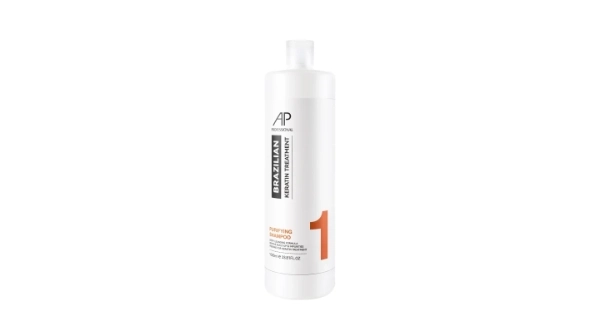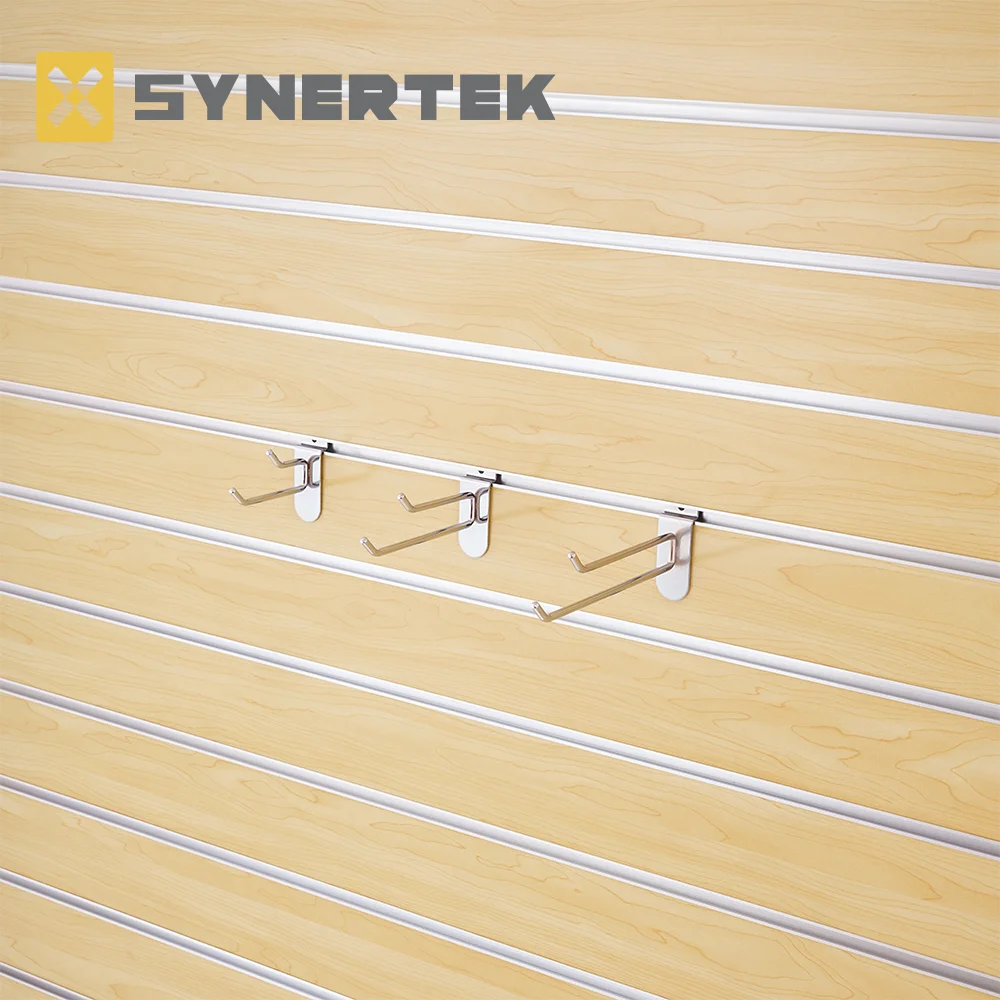When it comes to constructing a shed, one of the most critical decisions you'll face is selecting the appropriate thickness of cladding. Cladding not only serves as the outer layer of your shed, providing aesthetic appeal, but it also plays a vital role in insulation, durability, and protection against the elements. In this comprehensive guide, we will explore the factors influencing cladding thickness, the best materials to consider, and how to make an informed decision tailored to your specific needs.
Understanding Cladding Thickness
Cladding thickness is typically measured in millimeters (mm) or inches, and it varies depending on the material used. Common cladding materials include wood, metal, vinyl, and composite materials. Each of these options has its own set of characteristics that can affect the overall performance and longevity of your shed.
- Material Considerations
- Wood Cladding: Wood is a popular choice for shed cladding due to its natural aesthetic and insulation properties. The ideal thickness for wood cladding generally ranges from 12mm to 20mm. Thicker boards provide better insulation and durability, making them suitable for regions with extreme weather conditions.
- Metal Cladding: Metal cladding, often made from galvanized steel or aluminum, is known for its strength and low maintenance. A thickness of 0.4mm to 0.7mm is typically recommended for metal cladding. Thicker metal sheets can withstand harsher weather and are less prone to denting.
- Vinyl Cladding: Vinyl is a cost-effective and low-maintenance option. The standard thickness for vinyl cladding is around 0.035 inches (approximately 0.89mm). While thinner than wood or metal, high-quality vinyl can still offer decent insulation and protection.
- Composite Cladding: Composite materials, which combine wood fibers and plastic, are becoming increasingly popular due to their durability and resistance to rot. A thickness of 16mm to 20mm is advisable for composite cladding, providing a balance between weight and insulation.
- Climate and Location
The climate in which your shed will be located is a crucial factor in determining the best cladding thickness. In areas with extreme temperatures, heavy rainfall, or high winds, thicker cladding will provide better protection and insulation. For example, if you live in a region prone to heavy snowfall, opting for thicker wood or metal cladding can help prevent structural damage.
Conversely, if your shed is situated in a milder climate, you may be able to use thinner cladding without compromising on performance. Always consider local weather patterns and consult with local building codes to ensure compliance and safety.
- Intended Use of the Shed
The purpose of your shed will also influence your choice of cladding thickness. If you plan to use the shed for storage, a standard thickness may suffice. However, if you intend to convert the shed into a workspace or a living area, investing in thicker cladding for better insulation and soundproofing is advisable.
Insulation and Energy Efficiency
One of the primary functions of cladding is to provide insulation. Thicker cladding materials generally offer better thermal performance, which can lead to energy savings, especially if you plan to heat or cool the shed. For instance, if your shed will house sensitive equipment or be used as a workshop, consider using thicker cladding combined with insulation materials to maintain a stable internal temperature.
Aesthetic Considerations
While functionality is paramount, the aesthetic appeal of your shed should not be overlooked. Thicker cladding materials can provide a more robust and substantial appearance, enhancing the overall look of your shed. Additionally, consider how the cladding will complement your home and landscape.
Conclusion
Choosing the best thickness of cladding for your shed is a multifaceted decision that requires careful consideration of material, climate, intended use, and aesthetic preferences. While there is no one-size-fits-all answer, understanding the nuances of each factor will empower you to make an informed choice that meets your needs.





+ There are no comments
Add yours